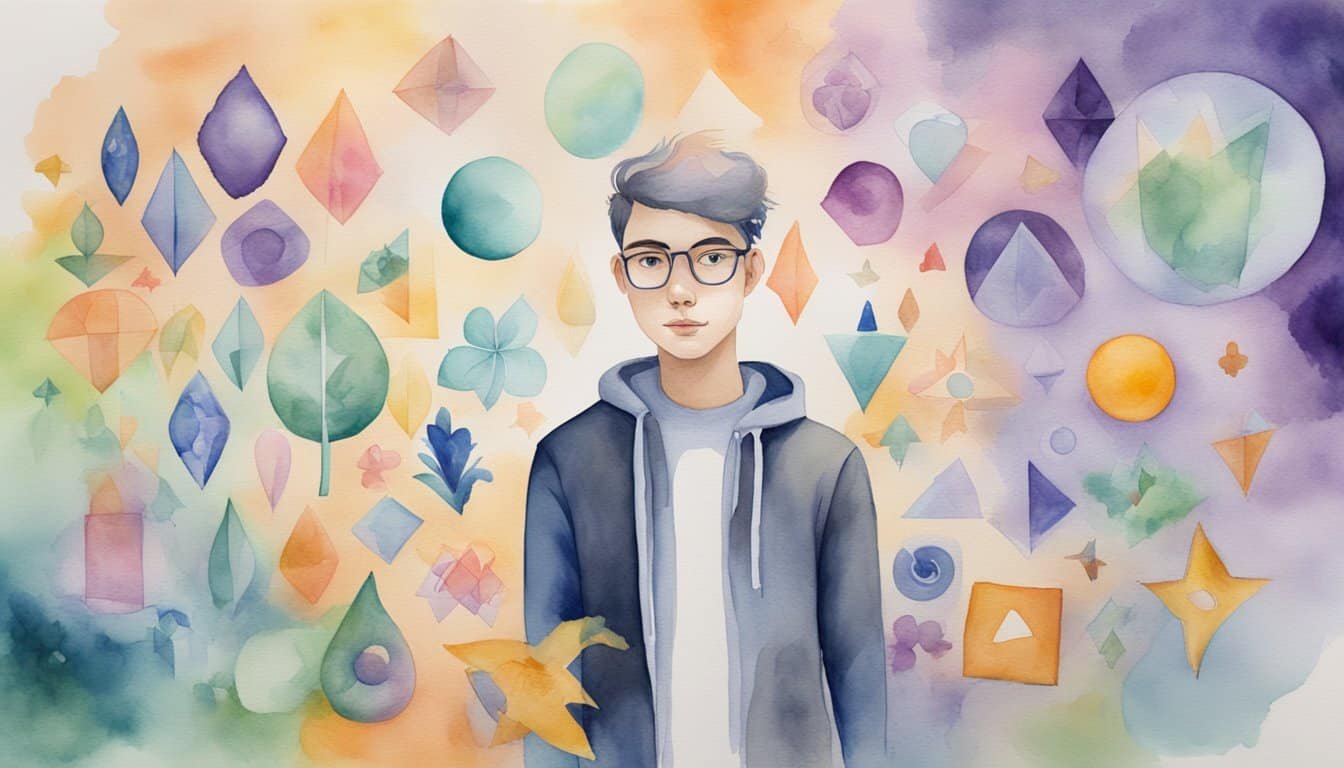Understanding Asexuality
As one delves into the complexities of human sexuality, understanding asexuality emerges as a crucial piece of the broader sexual orientation puzzle. It’s a unique identity that has gained more recognition in recent years and has a rich spectrum of its own.
Asexuality Defined
Asexuality is a sexual orientation characterized by a persistent lack of sexual attraction to any gender. Unlike celibacy, which is a choice, asexuality is an intrinsic part of an individual’s identity. People who identify as asexual, often referred to as “ace,” may have romantic feelings that are distinct from sexual attraction, signaling the nuanced difference between sexual attraction and romantic attraction.
Historical Perspective and Visibility
Historically, there’s been a lack of visibility for the asexual community, with asexuality often missing from discussions about sexual orientation. It’s only in recent decades that asexuality has begun to be more widely recognized as a legitimate orientation, contributing to a more inclusive understanding of the diversity within human sexuality.
Asexual Spectrum and Sub-Identities
The asexual community is diverse, encompassing a wide spectrum of sub-identities that acknowledge the variance in romantic desire and sexual attraction. Terms like graysexual refer to those who only experience sexual attraction under certain circumstances, while demisexual describes individuals who feel sexual attraction only after forming a deep emotional connection. There are also aromantic individuals who do not experience romantic attraction, illustrating that asexuality is indeed a complex umbrella term encompassing various experiences of sexual identity.
Living as an Asexual Individual

Asexuality is a unique orientation that influences various aspects of life, from personal relationships to community engagement. Despite common misconceptions, asexual individuals experience a rich tapestry of social interactions and face specific challenges that are often not well understood by the broader society.
Relationships and Partnerships
Asexual individuals, like anyone else, pursue a range of relationships, each tailored to their comfort and preference. Some might seek romantic partnerships without sexual activity, while others form queerplatonic connections, which emphasize deep emotional bonds without romantic intent. Communication is a cornerstone in these relationships, enabling asexuals and their partners, who may or may not be asexual themselves, to establish mutual understanding and respect for each other’s identities and boundaries.
Challenges and Misconceptions
The asexual community often contends with a myriad of misconceptions. Commonly, asexuality is mistakenly equated with celibacy or abstinence, which are choices, unlike asexuality, which is an intrinsic part of one’s identity. There’s also a tendency to overlook the diversity within the asexual spectrum, including various asexual sub-identities like graysexual and demisexual. Efforts such as the educational outreach of The Trevor Project help raise awareness and improve understanding about asexuality.
Community and Support
For asexuals, finding community is essential. The solidarity within the LGBTQ+ and asexual communities provides crucial support, particularly during life events such as coming out. Online forums and local groups offer spaces where individuals can share experiences, fostering a sense of belonging and understanding. They help in dispelling feelings of isolation and in validating the experiences of those who might struggle with fear of intimacy or sexual aversion, further affirming the broad spectrum of asexuality.
Asexuality and Society
Exploring the dynamic between asexuality and society reveals the challenges and progress in cultural perceptions, advocacy efforts, and the quest for equal recognition.
Cultural and Social Attitudes
Cultural and social attitudes towards asexuality often reflect a misunderstanding of this sexual orientation, sometimes viewing asexual individuals as simply abstaining from sexual activity rather than recognizing asexuality as a valid identity. This misconception can result in people who are asexual feeling disenfranchised by society, as they are frequently overlooked in a world where sexual attraction is seen as the norm.
Representation and Advocacy
In the realm of representation and advocacy, strides have been made to include asexuality within the broader LGBTQ+ community, fostering greater visibility. As awareness grows, asexual people are finding more spaces where they can express their identities and challenges without the stigma of being labeled as having experienced trauma or dealing with mental health issues simply based on their asexuality.
Rights and Recognition
The journey towards obtaining rights and recognition for asexual individuals parallels many other movements within the LGBTQ+ community. It’s a push against compulsory sexuality and for the respect of diverse gender identities. Although a relatively small percentage of the population identifies as asexual, their fight for visibility and recognition is a significant cultural shift towards inclusivity.

